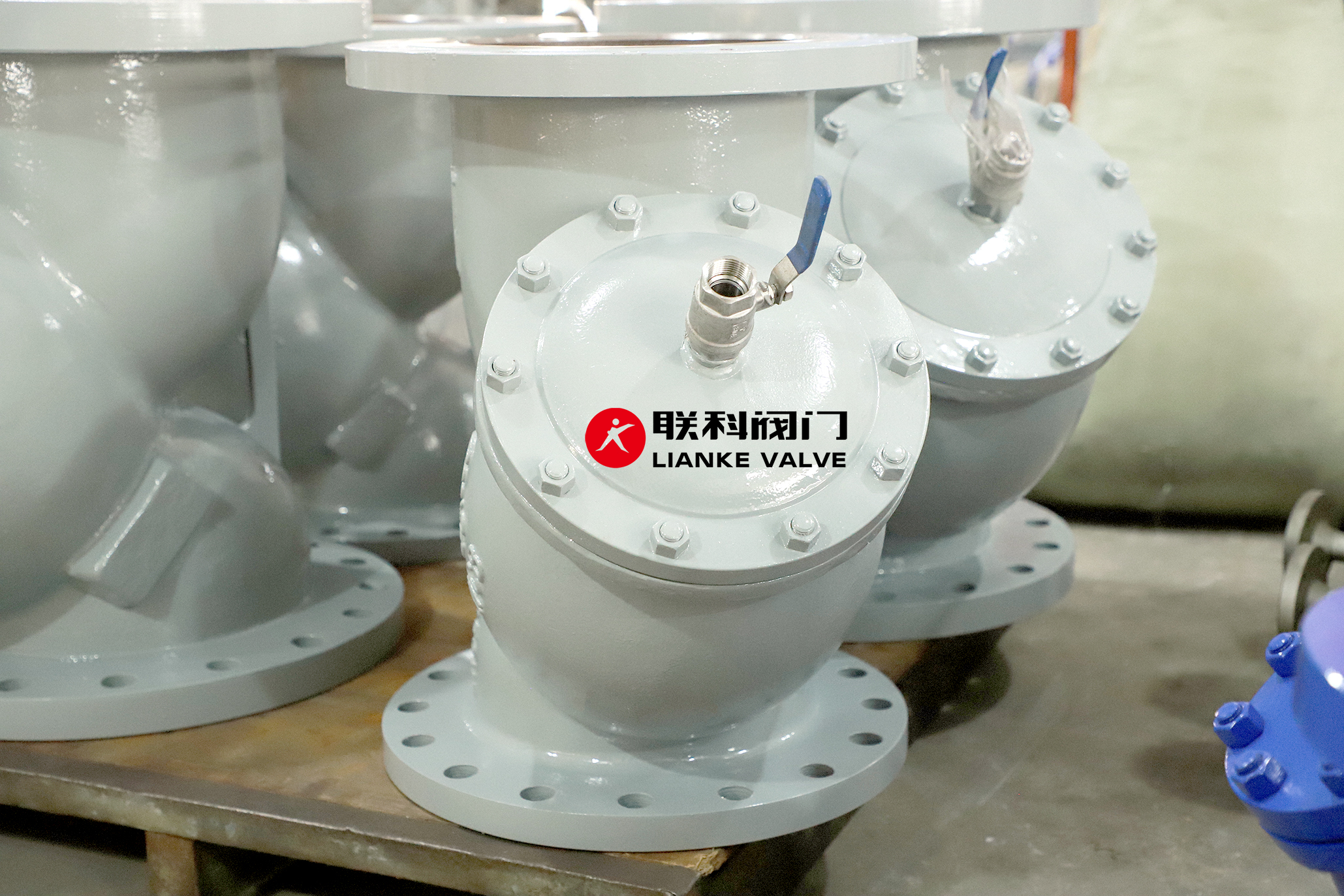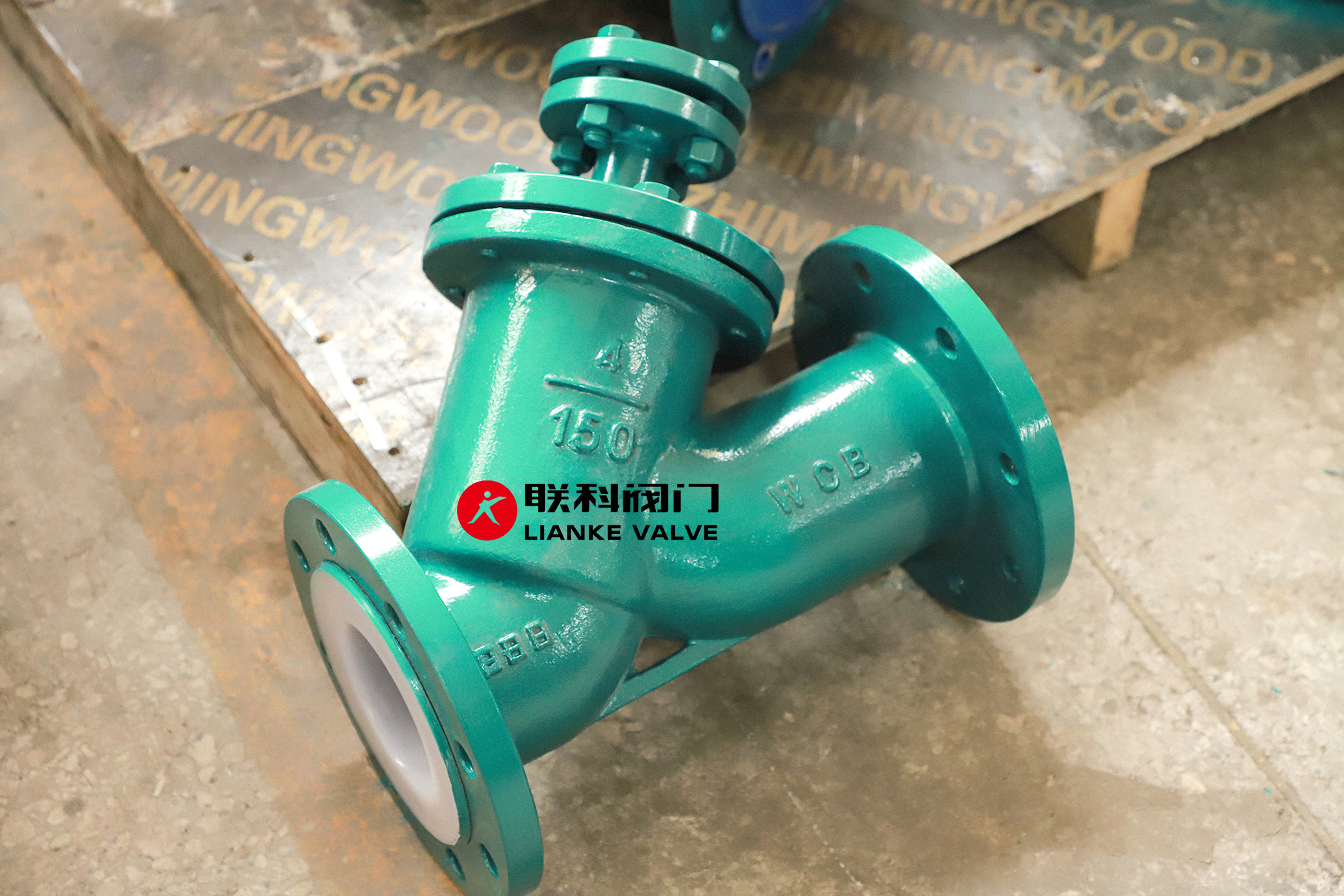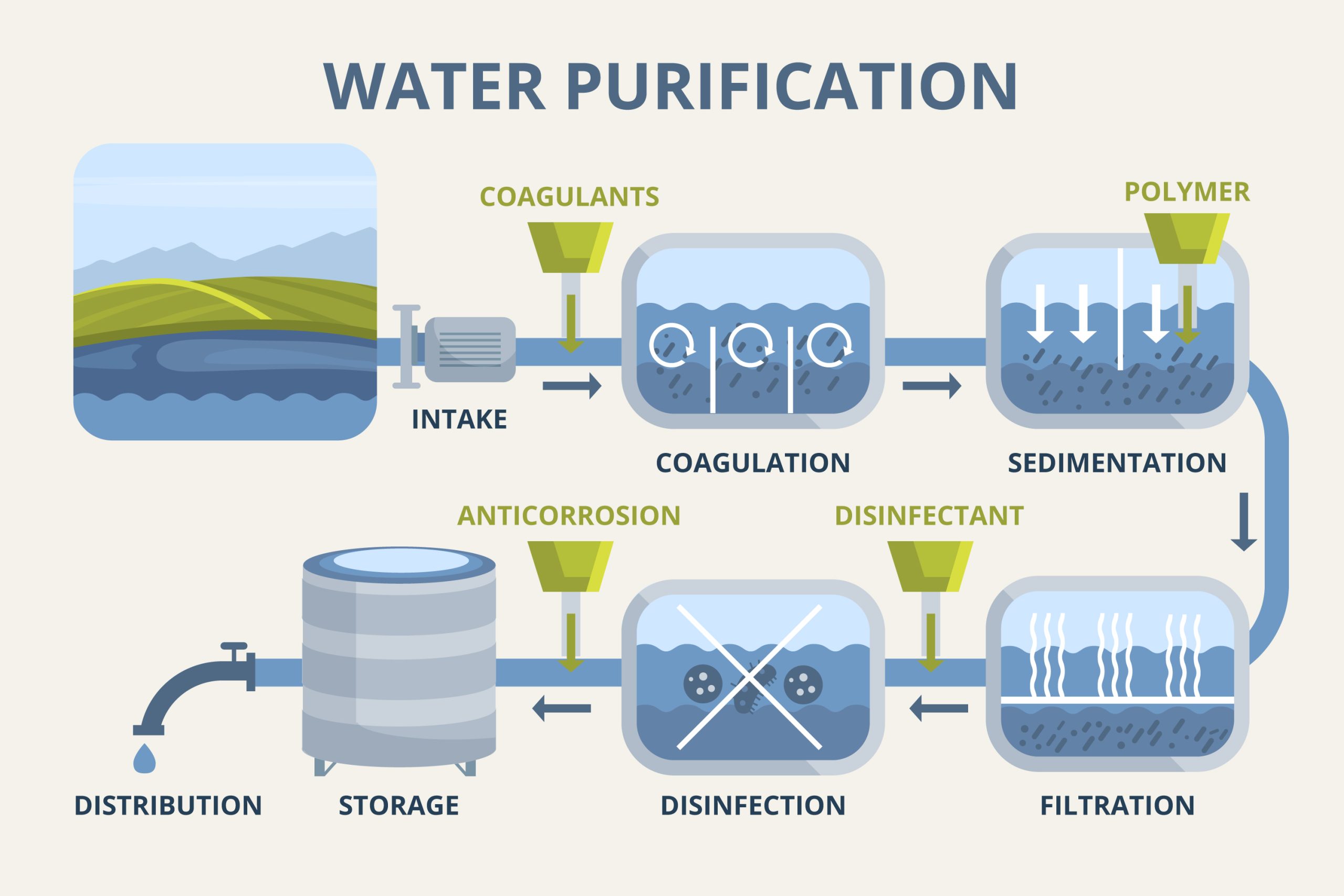

Valve lubricants serve as critical operational components in industrial systems, preventing mechanical failures and maintaining functional integrity. Across sectors such as oil refining, water treatment, and chemical processing, valves regulate fluid and gas flow, with their operational reliability contingent on precise lubrication practices. This guide analyzes the technical necessity of valve lubricants, supported by empirical data and validated industry methodologies.
Valve grease is a thick, semi-solid lubricant that coats moving parts to reduce friction and wear. Without it, metal components grind against each other, leading to premature failure.
Key Roles of Valve Grease:
Types of Grease:
| Type | Best For | Temperature Range | Resistance |
|---|---|---|---|
| Petroleum-Based | Water systems, low pressure | 0°F to 250°F | Moderate |
| Synthetic (PFPE) | Chemicals, high heat | -40°F to 450°F | High |
| Dry Film (Graphite) | Oxygen systems, extreme heat | -300°F to 800°F | Extreme |
Data sources: Miller-Stephenson, RS Clare.
Valve stems stick when friction exceeds the actuator’s force, often due to:
Solutions:
Spare stems often fail due to poor storage. Follow these steps:
Unprotected carbon steel stems rust 0.1mm/year in humid conditions. Proper storage extends their usability by 2–3 years (Allied Valve).
Selecting the wrong lubricant can worsen valve performance. Key factors:
Example: In sour gas wells (high H₂S), synthetic grease reduces corrosion risks by 70% compared to petroleum-based options (PubMed).
Regular lubrication prevents costly shutdowns. Follow this schedule:
Cost Impact: Unlubricated valves require 2x the torque to operate, increasing energy costs by 15% (Valve Magazine).
Problem: Leakage after lubrication.
Cause: Incompatible grease dissolved by process fluid.
Fix: Use PTFE-based sealants for chemical resistance.
Problem: Intermittent stem sticking in cold climates.
Cause: NLGI 2 grease thickens below 0°F.
Fix: Switch to NLGI 0 grease for better flow.
Problem: Rapid corrosion in humid areas.
Fix: Apply calcium sulfonate grease to neutralize acids.
For systems over 500 PSI or 450°F, consult engineers to tailor lubrication schedules. Explore industry standards or ASTM D4950 for guidelines.

ANSI Class Ratings for Y strainer flanges tell you how much pressure and temperature the flange can handle. These ratings help you choose the right flange material and design to keep your piping system safe and efficient. If you’re installing or replacing a Y strainer in a pipeline, understanding ANSI ratings isn’t optional—it’s essential. Choosing […]

To choose the right wye strainer, you need to understand mesh and screen size. These determine what particles your system can filter out. The finer the mesh, the smaller the particles it catches. This guide explains how to select the correct strainer mesh size, use a mesh size chart, and compare mesh size vs micron […]

When choosing a filter or strainer for your system, micron ratings tell you how small the particles are that your filter can catch. In simple terms, the smaller the micron rating, the finer the filter. Whether you’re in water treatment, chemical processing, or any industry that relies on micron filtration, knowing the right micron size […]

Municipal water doesn’t just show up clean at the tap—it’s the result of a carefully managed process. The liquid filtration process for municipal water treatment plants is the backbone of safe, clean drinking water. From removing dirt and debris to eliminating harmful pathogens, each step in this system ensures water meets strict safety standards. In […]



